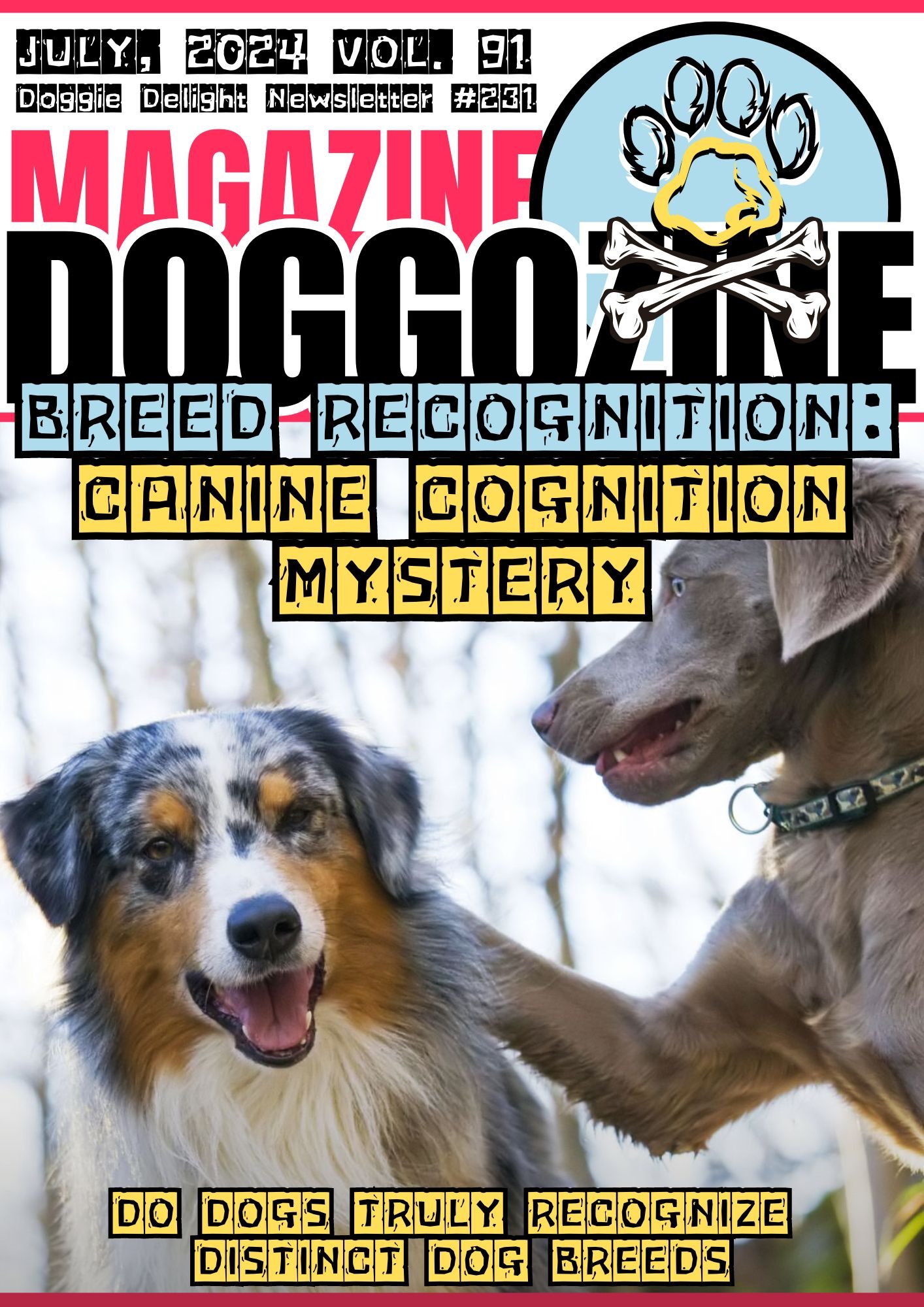
DO DOGS TRULY RECOGNIZE DISTINCT DOG BREEDS?
Have you ever wondered if your furry friend can differentiate between breeds? Are dogs truly capable of distinguishing a Labrador from a Poodle? This intriguing question has long puzzled pet owners and scientists alike. In this article, we delve deep into the complex world of dog cognition and show you more about the mystery of breed recognition in dogs.
Expert Insights Reveal the Dog Cognition Mystery and Breed Recognition
Exploring the roles of sight and smell in dog breed recognition, we uncover expert insights from renowned ethologists like Dr. Marc Bekoff and Dr. Sarah Byosiere. Join us on a fascinating journey as we investigate the impact of human influence on social interactions and navigate recent research on dog genetics.
While experts shed light on the lack of concrete evidence surrounding breed differentiation, they also touch upon the genetic underpinnings of dog behavior and breed-specific traits. As we decode the enigmatic ways dogs perceive and interact with their environment, we gain insights into the intriguing science behind our furry companions. Get ready to be captivated as we unravel the mystery of whether dogs truly recognize distinct breeds.
Understanding Dog Cognition and Breed Recognition
Have you ever watched your furry pal curiously observing other dogs? Perhaps you’ve noticed them behaving differently around certain breeds. This natural curiosity has led many to wonder if our dog companions can recognize distinct dog breeds. Let’s explore this fascinating topic in depth.
Experts suggest that dogs primarily rely on visual cues and scent to identify individuals. Their powerful sense of smell allows them to detect subtle differences in odor profiles. However, the ability to recognize breeds based solely on appearance remains a subject of ongoing research.
While some studies indicate that dogs may perceive breed-specific traits, such as size and body shape, definitive evidence is lacking. Factors like socialization, training, and individual experiences likely play a crucial role in how dogs perceive and interact with different breeds.
Renowned ethologists like Dr. Marc Bekoff and Dr. Sarah Byosiere have delved into the complexities of dog cognition and breed recognition. Their insights shed light on the intricate interplay between genetic predispositions, environmental influences, and individual variations in dog behavior.
As we navigate this captivating topic, we gain a deeper appreciation for the remarkable cognitive abilities of our four-legged friends. While the jury is still out on the extent of dog breed recognition, one thing is certain, our beloved companions never cease to amaze us with their unique perspectives and endearing quirks. Many people wonder if dogs recognize different breeds. Studying how dogs think and process information can help answer this interesting question.
The Complexity of Dog Breed Recognition and The Role of Familiarity
Identifying various dog breeds requires complex thinking skills. Unlike humans who easily recognize breeds by looks, dogs may not fully understand breed differences. Research shows dogs likely recognize breeds they know well. They may act differently around their breed or ones they encounter often. This familiarity impacts their social behavior.
Scent, Visual Cues and The Influence of Early Experiences
Dogs heavily rely on visuals and smells when identifying other dogs. While physical features like size and color help differentiate dogs, this may not mean breed recognition. Early socialization shapes how dogs view breeds. Positive or negative experiences as puppies can create preferences or aversions to certain dog types later.
While dogs possess remarkable cognitive abilities, the extent to which they can recognize and differentiate between specific dog breeds remains a complex and multifaceted question that requires further investigation.

THE ROLE OF SIGHT AND SMELL IN DOG BREED RECOGNITION
When it comes to recognizing other dogs, our furry companions rely on two primary senses, such as sight and smell. These powerful tools allow them to gather information about their dog counterparts and make sense of their surroundings.
The Power of Vision
Dogs possess excellent visual acuity, enabling them to detect subtle changes in body language, facial expressions, and movement. They can easily spot another dog from a distance and assess their size, shape, and overall appearance.
However, while vision plays a significant role in dog recognition, it’s important to note that dogs don’t see the world in the same way humans do. They have dichromatic vision, meaning they can only perceive two colors: blue and yellow.
The Importance of Scent
Smell is perhaps the most crucial sense when it comes to dog recognition. Dogs possess an incredibly sensitive olfactory system, with up to 300 million olfactory receptors compared to a mere 6 million in humans.
This heightened sense of smell allows dogs to gather a wealth of information about other dogs, including their age, health, and even emotional state. They can detect pheromones and other chemical cues that provide valuable insights into their dog companions.
Combining Sight and Smell
Dogs are masters at using their senses. When they meet another dog, they rely on both sight and smell. Through sight, they assess the other dog’s size and body language. But they don’t stop there. Dogs also sniff each other to gather more detailed info. By combining sight and smell, dogs can understand the situation better.
🔑 Key Points: Sight and smell work together to help dogs recognize and make sense of other dogs. This allows dogs to navigate social interactions and build relationships within their own species.
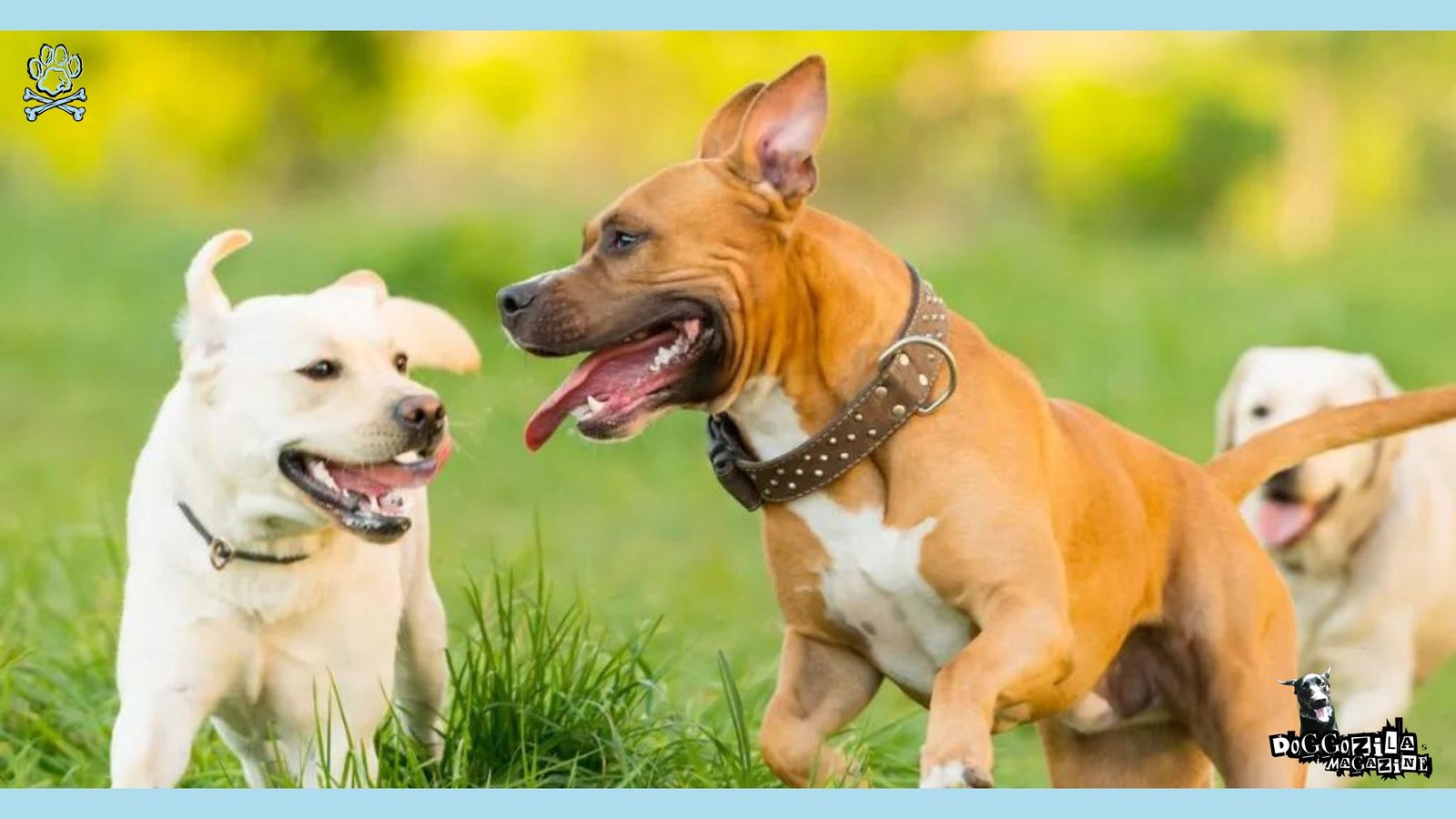
INSIGHTS INTO DOG BEHAVIOR AND PREFERENCES FOR DIFFERENT BREEDS
Have you ever noticed your furry friend being drawn to certain breeds? Or behaving differently around specific types of dogs? Many pet owners have observed interesting patterns in their dogs’ social interactions.
Breed Preferences
While the idea of dog breed recognition is debated, it’s clear dogs can develop preferences. They may favor certain physical traits or characteristics in other dogs. These preferences could come from early socialization experiences or positive associations. Or they might stem from innate tendencies.
For example, a dog who had fun times with a friendly Golden Retriever pup may prefer similar-looking dogs later. But a negative run-in with a breed could lead to avoidance or fear reactions.
The Role of Size and Energy Level
A dog’s size and energy level can influence how they interact with others. Smaller, calmer dogs may feel intimidated by larger, more energetic breeds. They might avoid or act submissively around them.
On the flip side, bigger dogs with lots of energy could see smaller, quieter pups as non-threatening playmates. Dogs also consider their own size and energy when picking playmates. A high-energy pooch may prefer equally lively companions for romping. While a more laid-back pup could gravitate towards calmer dog friends to vibe with.
The Impact of Individual Personality
Just like humans, every dog has their own unique personality. This can shape how they socialize with other dogs. An outgoing, confident pooch may happily approach any dog, regardless of breed. But a shy or anxious pup have difficulties socializing with other dogs.
Size and energy level are vital in dog relationships. Dogs may like playmates with their size and energy level. This leads to more fun playtime. A small, hyper terrier may seek small, lively pals. A big, calm Mastiff may prefer relaxed, gentle friends.
The Influence of Socialization
Proper puppy socialization shapes behavior and breed preferences. Exposing puppies to varied breeds, sizes, and temperaments builds good social skills. Owners prioritizing socialization often have confident, adaptable dogs. Their dogs interact well with diverse dogs.
🔑 Key Points: Dog breed recognition is tricky. But dogs develop certain preferences based on early experiences, socialization, and personality.
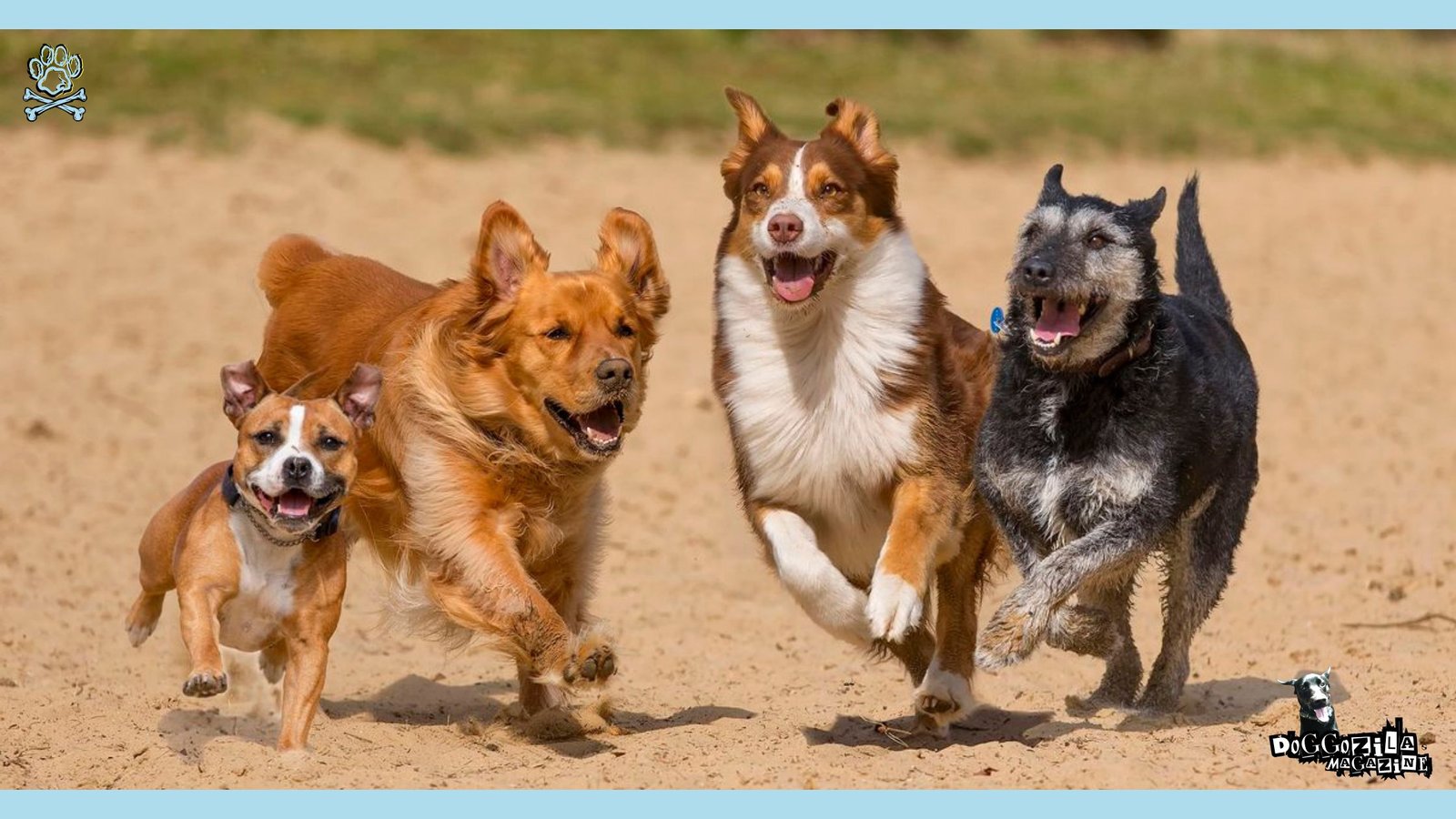
INVESTIGATING THE IMPACT OF HUMAN INFLUENCE ON SOCIAL DOG INTERACTIONS AND BREED RECOGNITION
As much as we’d like dogs to navigate their social world alone, human influence significantly shapes dog interactions. From bringing a puppy home, our actions, emotions, and biases impact how they view and respond to other dogs.
Dog Breed Recognition through Human Nurturing and Projection
Humans unconsciously project their own breed biases onto dogs. A person who dislikes large breeds may inadvertently teach their dog to fear or dislike them too. Similarly, someone who adores a specific breed may inadvertently encourage their dog to favor that breed over others.
Furthermore, our body language and tone of voice can unintentionally signal apprehension or enthusiasm towards particular dogs. Dogs are experts at reading our subtle cues, adapting their behavior accordingly. Positive reinforcement plays a key role too. If we reward or praise our dogs for interacting well with certain types of dogs, they’ll learn to seek out those interactions.
Conversely, if we reprimand or discourage interactions with specific breeds, our dogs may develop negative associations. It’s crucial to be mindful of our influence. Providing a balanced, positive socialization experience and refraining from projecting our own breed biases can foster more inclusive, harmonious dog’s social dynamics.
The Power of Human Cues
Dogs are really good at reading our body language. They look to us for guidance in social situations. Our gestures, voice tone, and facial expressions can impact how they interact with other dogs.
If we seem tense or nervous around a certain breed, our dogs may sense our unease. They might then respond cautiously or avoid that breed. But if we stay calm and friendly, our dogs will likely interact positively with other canines.
The Impact of Stereotypes and Biases
Our biases about certain breeds can also affect our dogs’ experiences. If we assume a breed is aggressive, we may unconsciously transfer those feelings to our dogs. This can influence their behavior with that breed.
It’s important for owners to recognize their own preconceptions. We should provide our furry friends with positive experiences with different breeds.
🔑 Key Points: Our cues, emotions, and biases heavily impact how dogs perceive and interact with other canines. Being mindful of our reactions and giving diverse positive experiences is crucial for our furry friends.
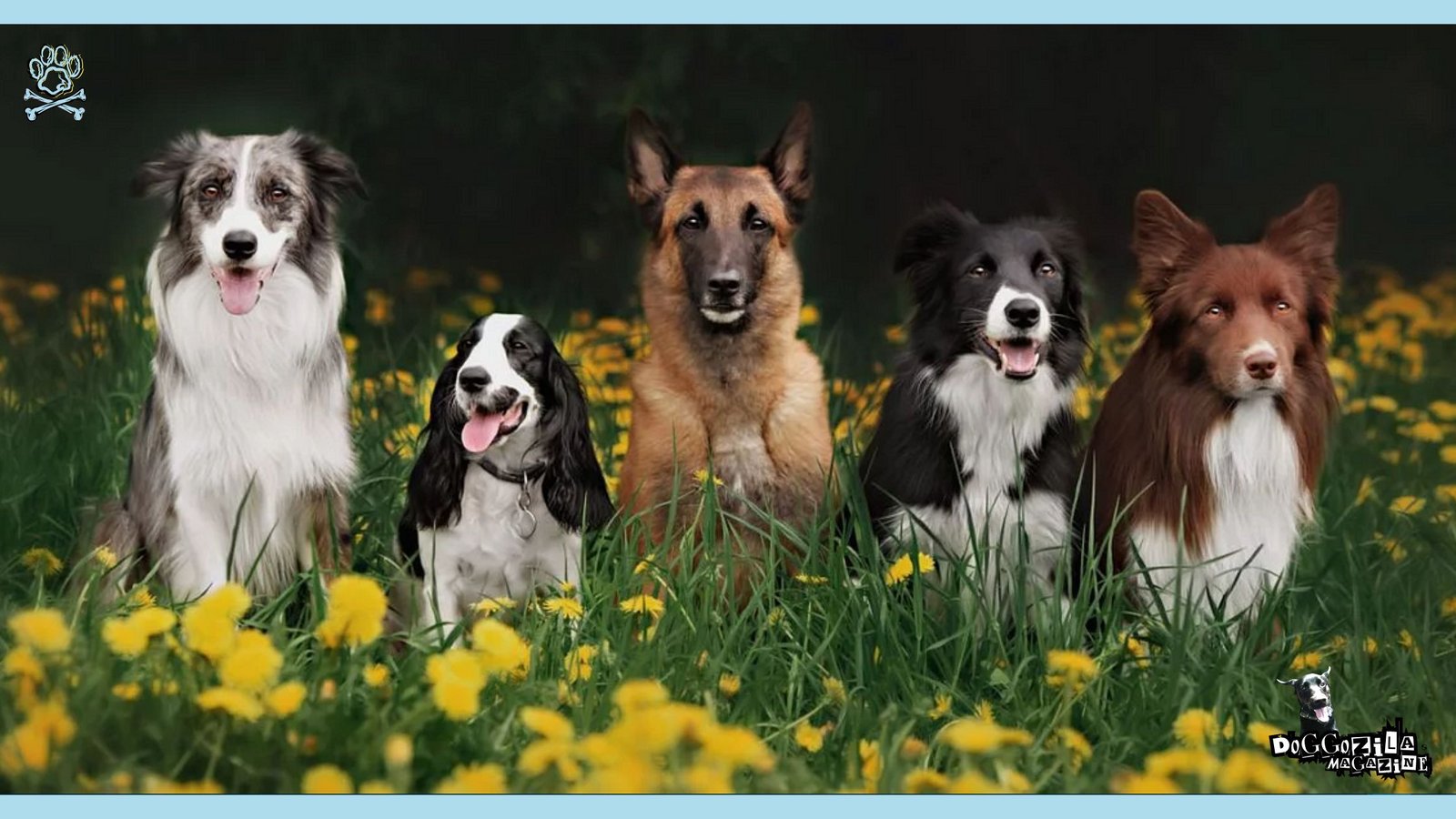
THE SCIENCE BEHIND DOG BREED RECOGNITION AND THEIR ABILITY TO DIFFERENTIATE OTHER DOGS
Dog lovers are amazed by the incredible bonds our furry companions form. But have you wondered about their ability to recognize different dog breeds? Recent studies shed light on the genetics behind this skill.
Dog Breed Recognition through Multimodal Sensory Inputs
Dogs have an incredible sense of smell. Their noses are far more powerful than humans’. This allows them to easily identify distinct scents linked to various breeds. Additionally, dogs rely heavily on visual cues for breed recognition. Their eyesight is optimized to detect subtle variations in size, coat patterns, and facial features among different breeds.
Furthermore, dogs’ hearing capabilities enable them to pick up on breed-specific vocalizations and sounds. This auditory information complements their scent and visual perception for accurate breed identification.
Researchers have discovered specialized areas in dogs’ brains dedicated to processing and integrating these multimodal sensory inputs related to dog breed recognition. This neural circuitry makes dogs exceptionally skilled at differentiating their dog counterparts. Interestingly, dogs tend to show preferences for interacting with members of their own breed.
This “in-group” bias may stem from an innate ability to recognize and bond with individuals sharing similar genetic and physical traits. However, proper socialization and positive experiences with diverse breeds can significantly influence these preferences. Well-socialized dogs often develop strong bonds across breed lines, highlighting the importance of exposing them to a variety of canine companions.
What is The Role of Visual Cues for Dog Breed Recognition?
One key aspect of dog differentiation lies in their visual perception. Dogs possess a keen sense of sight, allowing them to detect subtle differences in size, shape, and color. Research has shown that dogs can distinguish between images of their own species and those of other animals, indicating a fundamental ability to recognize their own kind.
What is The Importance of Scent for Dog Breed Recognition?
Scent plays a crucial role in how dogs identify and differentiate between other dogs. With their highly developed olfactory system, dogs can detect a wide range of chemical cues that provide valuable information about their peers. Each dog has a unique scent profile, influenced by factors such as age, health, and hormonal status.
The Influence of Familiarity
Familiarity is another significant factor in a dog’s ability to differentiate between other dogs. Through repeated exposure and positive experiences, dogs can learn to recognize and respond to specific individuals, regardless of breed. This familiarity effect is particularly evident in social interactions, where dogs may show a preference for playmates they have previously encountered.
The Genetic Basis of Breed Recognition and Differences
While the concept of dog breed recognition remains a topic of debate, it’s important to acknowledge the genetic basis of breed differences. Through selective breeding, humans have shaped the physical and behavioral traits of various dog breeds over time. These genetic variations contribute to the distinct characteristics we observe across different breeds.
🔑 Key Points: Dogs use sight, scent, and past encounters to tell other dogs apart. But they may not understand breeds like people do. Instead, they focus on each dog’s unique traits and their bond.
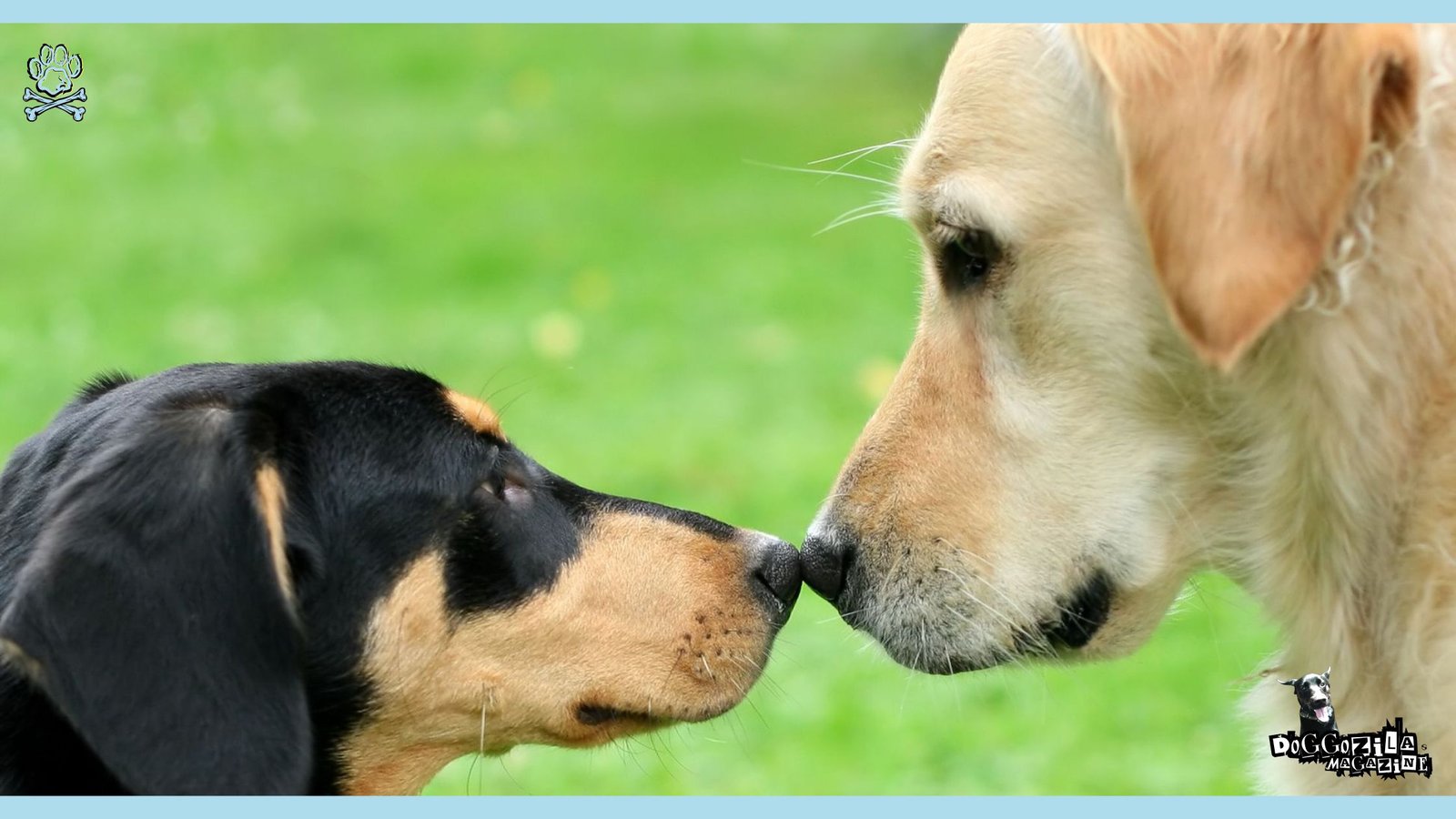
WHAT EXPERTS SAY ABOUT DOGS RECOGNIZING BREEDS?
Experts share insights into how dogs identify other dogs. Their views shed light on our furry friends’ social skills.
Dr. Marc Bekoff’s Viewpoint
Dr. Marc Bekoff studies animal behavior. He thinks dogs can spot differences between individual dogs. But they may not grasp breeds as humans do.
Dr. Bekoff says: “Dogs excel at telling dogs apart. But I don’t believe they understand breeds like we do. They care more about their bond with each dog.”
Dr. Sarah Byosiere’s Perspective
Dr. Sarah Byosiere researches how dogs think. She agrees there’s no proof dogs categorize breeds conceptually. They likely rely on other cues to identify dogs.
Dr. Byosiere said that dogs can spot differences in size and shape. But there’s no proof they understand breeds.
🔑 Key Points: Dr. Marc Bekoff and Dr. Sarah Byosiere think dogs notice differences between dogs. But, their idea of breeds may not match ours. We should consider a dog’s unique view.
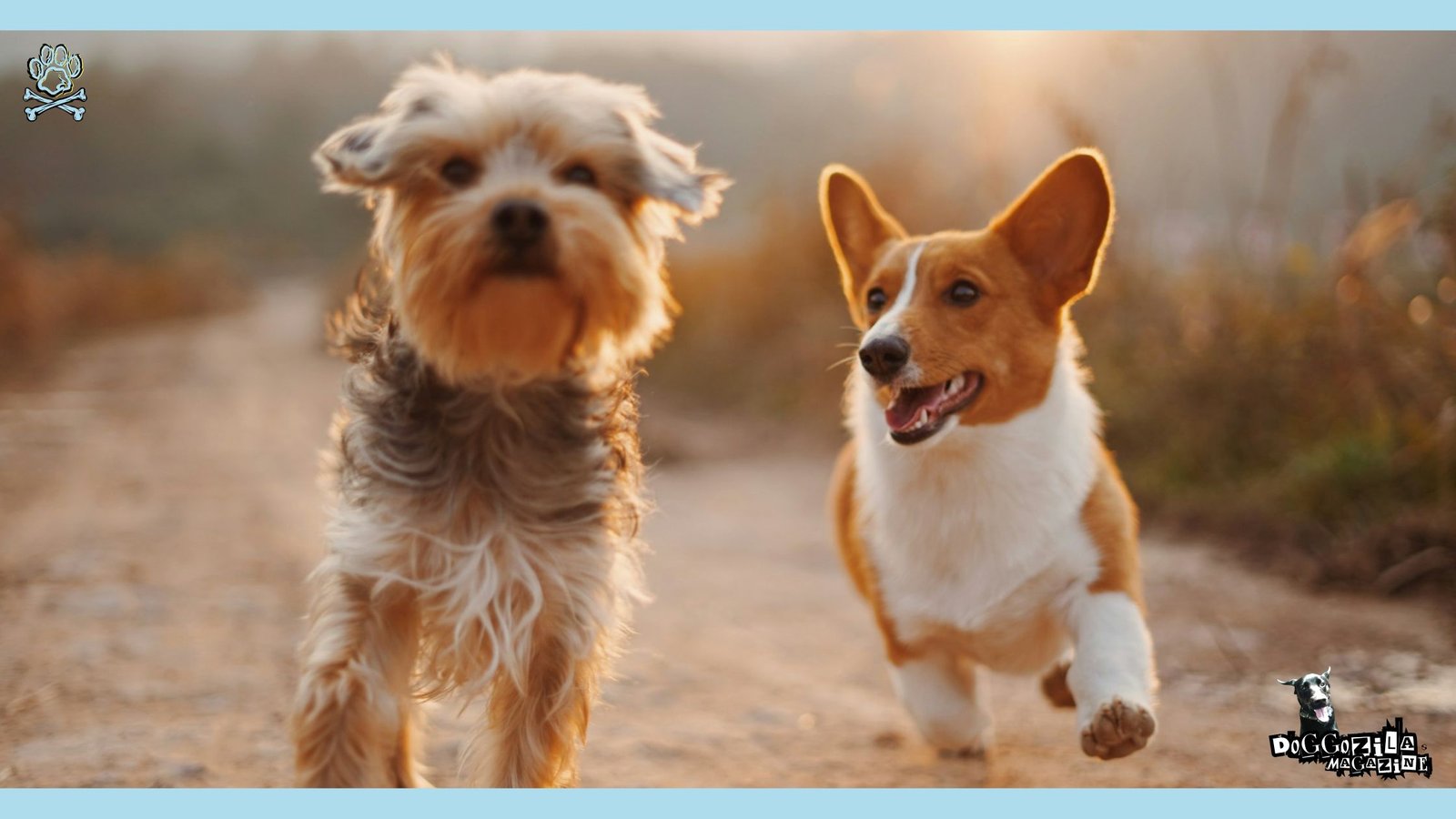
EXPLORING DOG AUTISM: A COMPARATIVE ANALYSIS WITH HUMAN AUTISM
In recent times, people have become interested in dog autism. There’s no agreed definition, but some dogs show behaviors like human autism. Their behaviors seem odd. They may repeat movements, avoid social contact, and be sensitive to senses. These behaviors vary in intensity. Genes and environment may cause them.
Studies comparing dog and human autism found interesting links. Both seem to have strong genetic causes. Certain breeds and genetic paths make dogs more prone to autism-like behaviors. However, we must be careful when comparing dogs and humans. Their brains and thinking differ. So, we can’t equate dog and human autism fully.
🔑 Key Points: The concept of autism in dogs is fascinating. It draws parallels with human autism. These parallels highlight the potential for studies comparing the two. Such studies could deepen our understanding of both conditions. However, we must be cautious about making direct comparisons between the two species.
What is The Significance of MRI Scans in Understanding Dog Behavior?
Scientists use advanced imaging techniques like MRI scans. They use these techniques to understand dog behavior better. MRI scans provide insights into the structure and function of a dog’s brain.
With MRI scans, researchers can see the brain in great detail. They can see which brain regions activate during tasks and experiences. By comparing brain activity patterns across breeds or stimuli, scientists gain understanding. They learn about the neural basis of dog behavior.
At Emory University, researchers studied dogs’ emotional capacity. Their work shed light on how genetics, environment, and brain development shape behavior.
Researchers saw the complex interplay between these factors. As we understand the dog brain better, MRI scans will play a crucial role. These scans will help unravel the fascinating world of dog cognition and behavior.
🔑 Key Points: MRI scans are a powerful tool. They help us understand the neural basis of dog behavior. The scans offer insights into the dog brain’s structure and function. This paves the way for exciting discoveries in dog cognition.
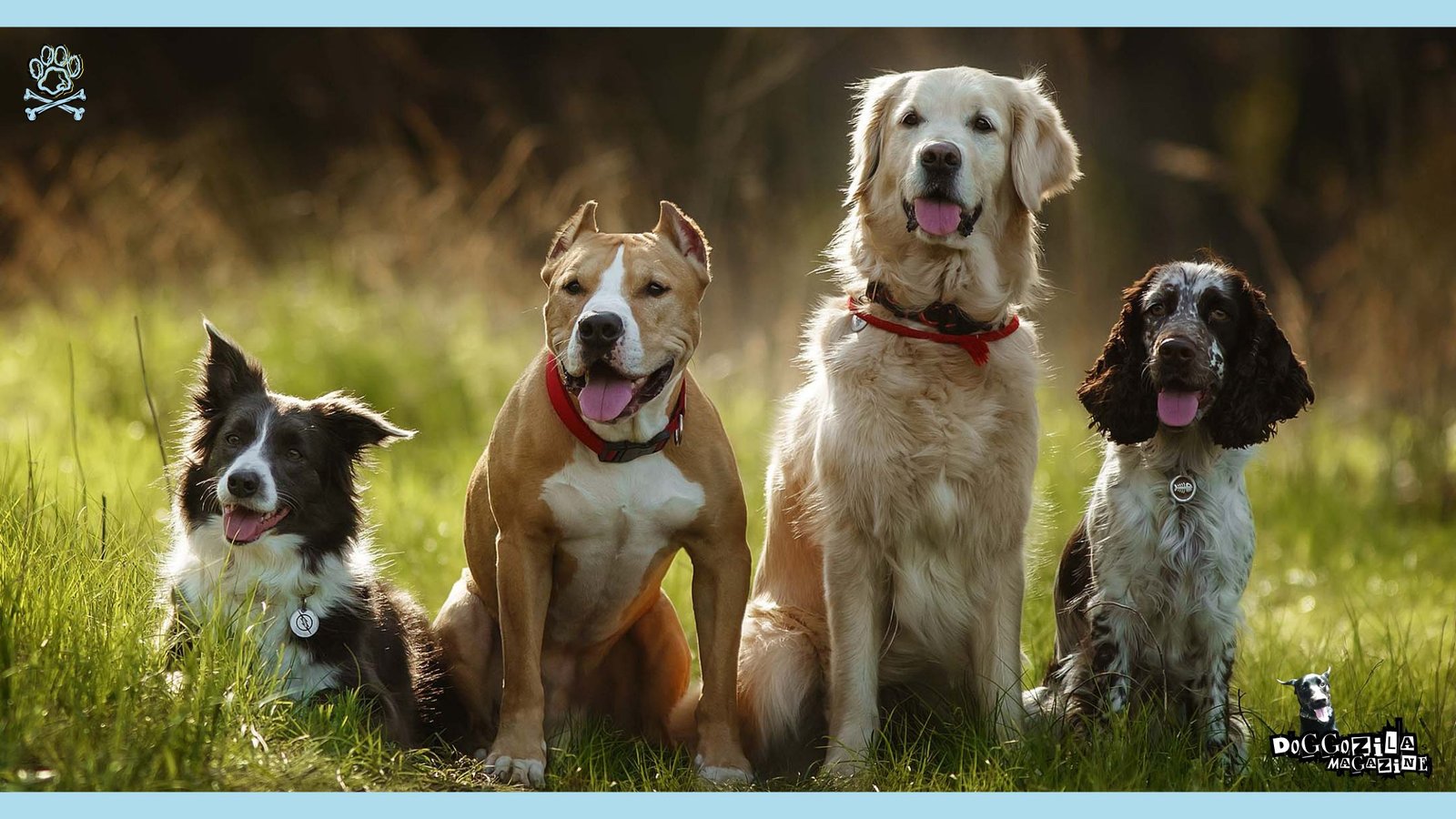
GENETIC UNDERPINNINGS OF DOG BEHAVIOR AND SPECIFIC BREED TRAITS
Have you ever wondered why certain breeds are known for their friendly demeanor while others are more aloof? The answer lies in the complex interplay between genetics and behavior. Recent studies have revealed a strong genetic underpinning for many breed-specific traits and behavioral tendencies.
What is The Role of Selective Breeding?
Over centuries, humans have selectively bred dogs for various purposes, shaping their physical and behavioral characteristics. This selective breeding has resulted in the development of distinct breeds with unique traits and predispositions.
For example, herding breeds like Border Collies have been bred for their intelligence, agility, and strong work ethic, while companion breeds like Golden Retrievers have been selected for their friendly and outgoing personalities.
What is The Influence of Genetic Variations?
Genetic variations play a crucial role in determining a dog’s behavioral tendencies. Studies have identified specific genes and genetic pathways that are associated with traits such as aggression, fearfulness, and sociability.
For instance, researchers have found that variations in the oxytocin receptor gene (OXTR) are linked to differences in social behavior and attachment in dogs. This gene is involved in the regulation of the “love hormone” oxytocin, which plays a key role in bonding and social interactions.
What is The Importance of Environment and Training?
Dogs have a genetic foundation that shapes their behavior tendencies. But, it’s vital to understand the big impact of environment and training. Even dogs of the same breed can act very differently based on their experiences, socialization, and guidance from owners.
With good training, socialization, and positive reinforcement, you can help shape a dog’s behavior and temperament. This allows them to thrive in various settings and roles.
🔑 Key Points: A dog’s behavior stems from complex interactions between genetics and environment. Their breed traits and genetic makeup provide the baseline. But experiences and training significantly influence their personalities and actions. Understanding both factors is key to having well-behaved furry companions.
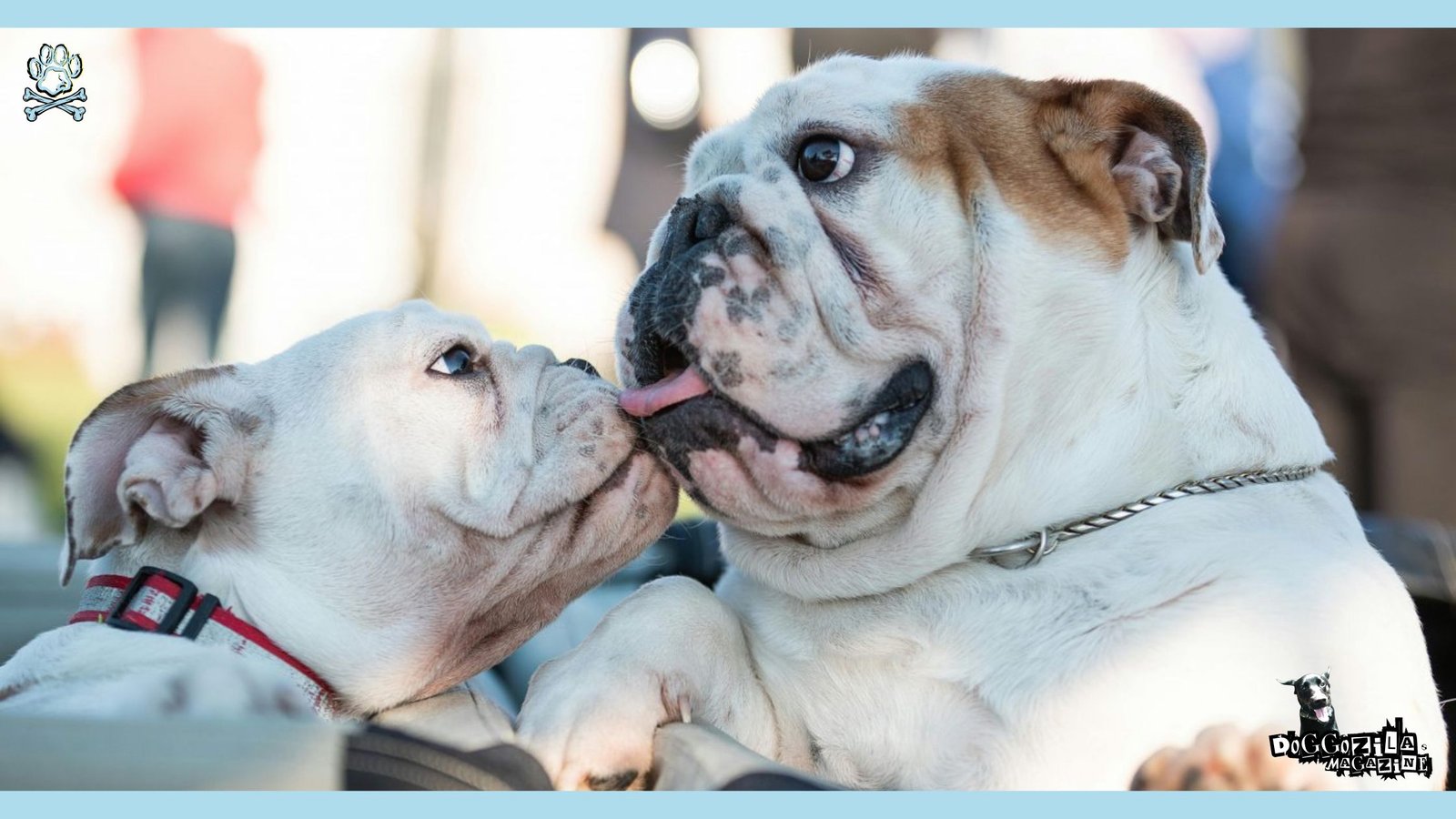
RECENT RESEARCH ON DOG GENETICS AND ITS IMPLICATIONS FOR BREED IDENTIFICATION
In recent years, dog genetics research has advanced greatly. It provides new insights into the genetics of our beloved pets. Recent studies shed light on breed diversity, genetic structure, and implications for breed identification.
Dog DNA Studies
A notable study in Science analyzed genomes of over 1,300 dogs from 161 breeds. Led by Dr. Elaine Ostrander, it revealed vast genetic diversity in dogs. The findings highlighted complex genetic links between breeds. It also showed how human selection shaped breed-specific traits.
A notable study was done by researchers at the National Institutes of Health. They looked at the genetics behind breed-specific behaviors in dogs. By comparing the genomes of different dog breeds, they found genetic variants linked to traits like herding, pointing, and retrieving.
This gives us valuable insights into the genetics behind breed behaviors. It could also help identify breeds more accurately. Moreover, new DNA testing technologies have made breed identification more possible. Companies like Embark and Wisdom Panel offer tests that analyze a dog’s DNA. They provide details about the dog’s ancestry and possible breed mix.
🔑 Key Points: Recent dog genetics research has shown the diversity and genetic structure of dog breeds. It gives new perspectives on breed traits and behaviors. Advanced DNA testing can now identify breeds more accurately and reliably.
Unraveling the Mystery of Pet DNA Testing: A Tool for Breed Identification?
Pet DNA testing has become popular to trace a dog’s origins. These tests claim to provide info about a dog’s breed mix and ancestry. But how accurate and reliable are they? Pet DNA tests analyze a dog’s genetic material. They compare it to a database of known breed profiles.
By looking at specific genetic markers, these tests can give insights into a dog’s potential breed mix and ancestry. Learning about dog genes was a big deal in 2005. Scientists read all the DNA of a boxer dog. This helped experts understand dogs better and make breed databases.
The Final Takeaway on Breed Recognition and Dog Cognition
Finding out about how dogs think and see breeds has been eye-opening. We learned how smell and sight help dogs understand the world. We saw how genes impact breed traits too. Humans affect how dogs interact socially. Brain scans reveal dog behavior patterns. As research shows, dog genes are complex and unique.
Scientists will keep exploring breed differences and genetic variety. This knowledge brings us closer to our furry friends. Dog breeds evolved over time, shaping genes and behaviors. Appreciating their genetic makeup deepens our bond with dog companions. Marveling at dogs’ genetic diversity reminds us of our pets’ rich heritage.









